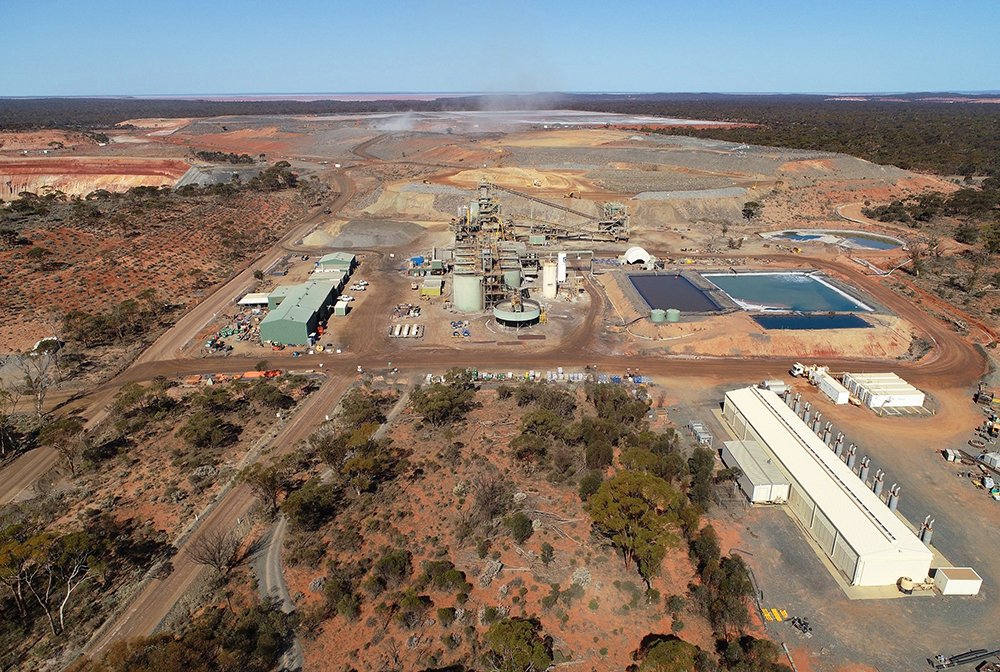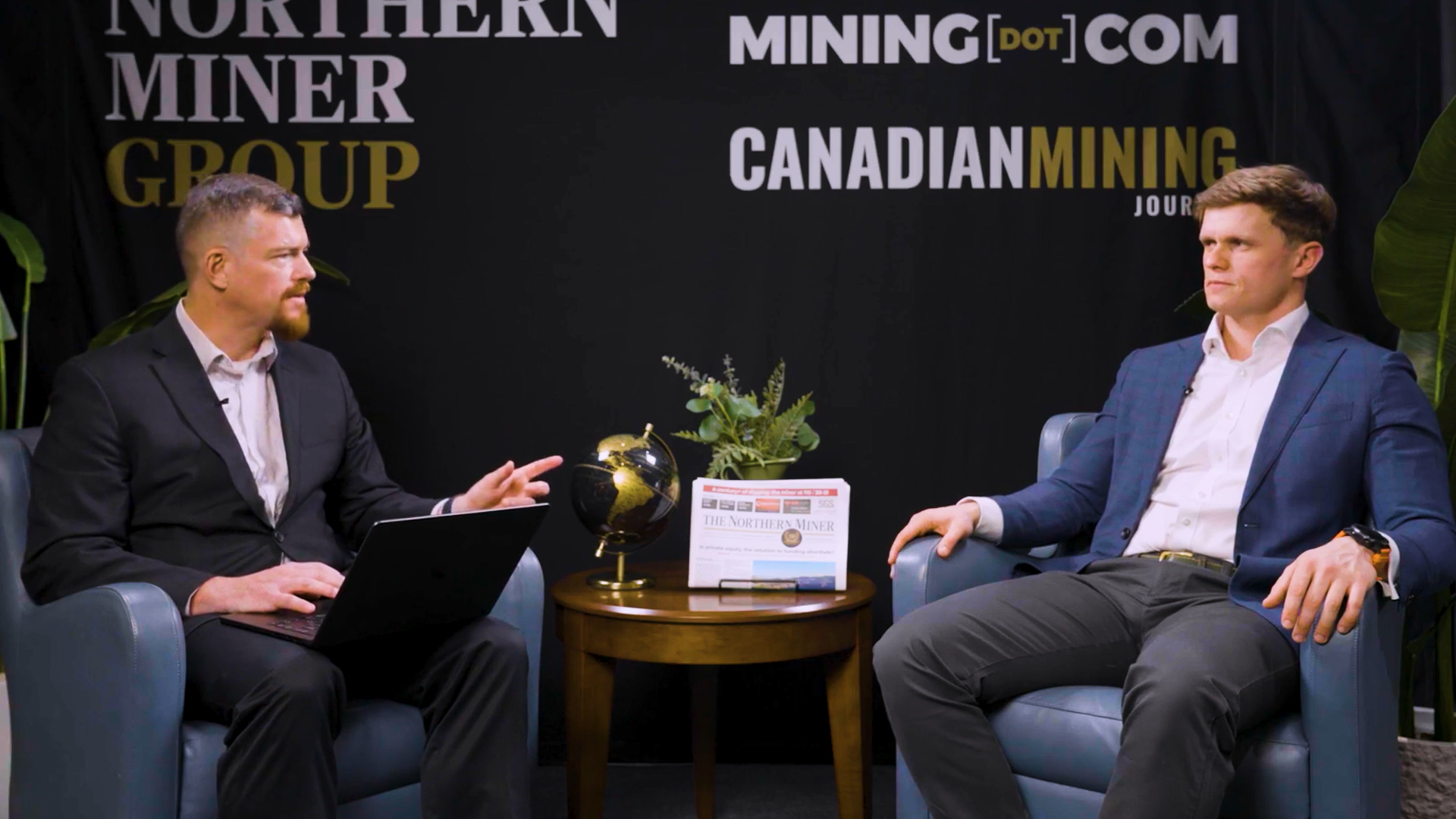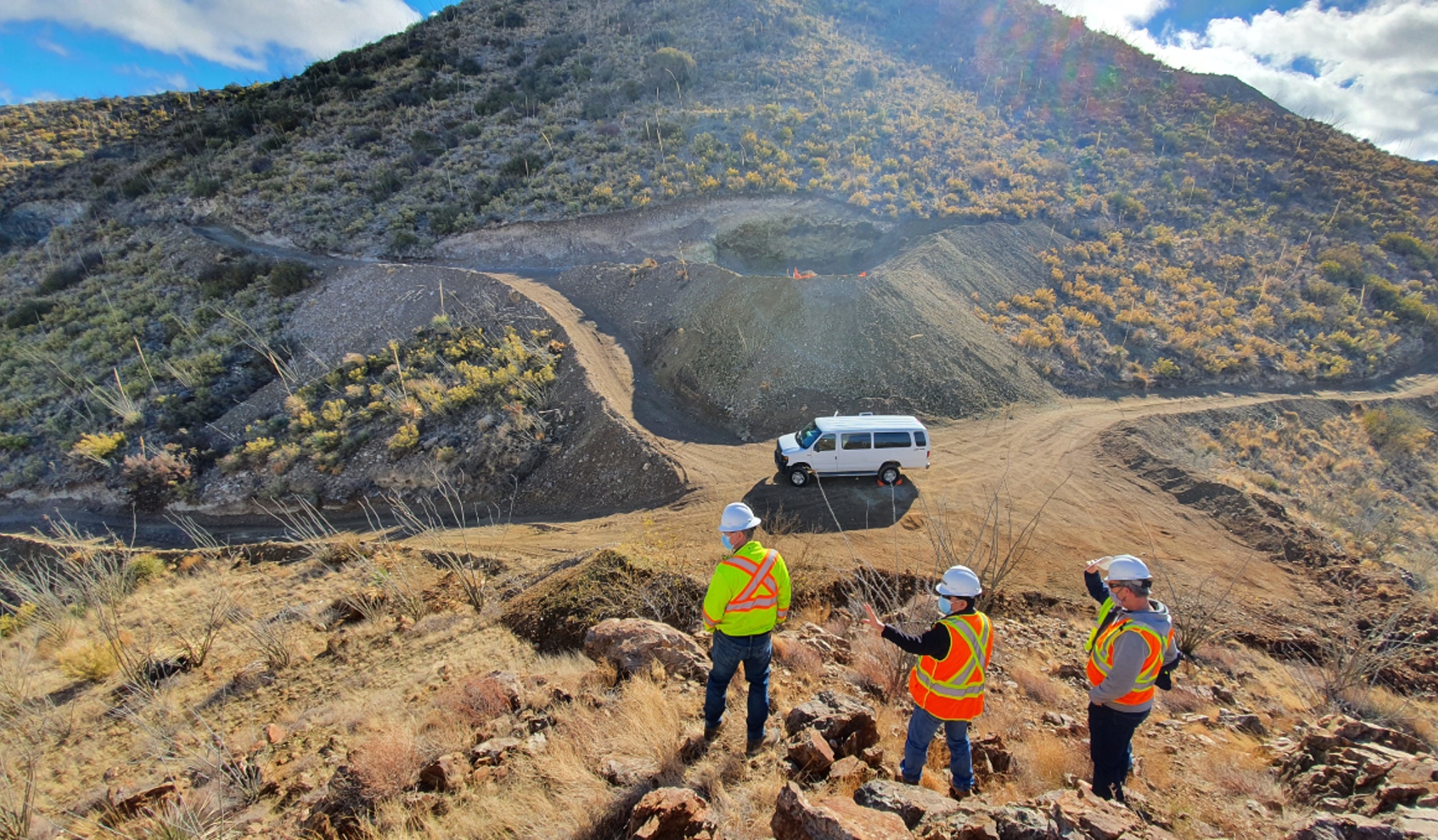Karora aims to be a carbon neutral junior gold miner

Karora Resources (TSX: KRR) is partnering with The Net Zero Company to establish a pathway to become one of the world’s first net zero junior gold miners.
The Toronto-based company with assets in Australia says the pathway will involve setting greenhouse gas emissions reduction targets inline with best practices and based on available science. The company will report progress on its GHG reduction program in its first ESG report, which it plans to release in early 2022. Its immediate efforts will focus on reducing emissions at its operations, including through the use of alternative energy and renewable power.
The company plans to tackle Scope 1 and 2 emissions under its control (Karora’s direct emissions and purchased electricity) before turning to Scope 3 (upstream and downstream emissions in the value chain) emissions.
The company owns the Beta Hunt underground gold mine in Western Australia and the Higginsville open pit operations and processing plant, 75 km away.
“Mining is a critical part of the global response to climate change not only with respect to the supply of key materials required for the low carbon transition, but also with respect to reducing greenhouse gas emissions at mine sites,” said Karora CEO and chairman Paul Huet.
“At Karora, not only are we already preparing to do our part, but we are setting the stage to be a sector leader in the junior gold mining space with the goal to ultimately become a Net Zero business. Mining is a carbon intensive industry, and we view this partnership as an opportunity to take a proactive approach in reducing our carbon footprint.”
Most of the mining companies that have so far made net zero pledges are majors, although pre-production juniors have also committed to building future mines as carbon neutral operations. With its work on establishing a net zero pathway, Karora is aiming to be a leader among junior gold producers.
(This article first appeared in the Canadian Mining Journal)
More News
PDAC Video: Tailwinds push Marimaca Copper towards permit milestone this year
April 11, 2025 | 09:35 am
Gold trade war refuge
Gold’s star is rising, increasingly becoming the leading refuge amidst this chaos.
April 11, 2025 | 08:54 am
{{ commodity.name }}
{{ post.title }}
{{ post.date }}




Comments